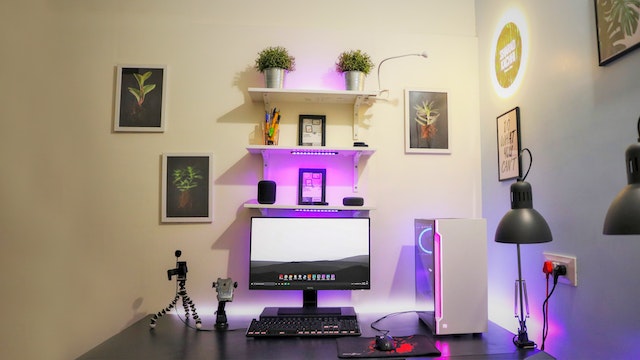Computers are a necessary component of our daily life. But with owning a computer, we must also be ready to experience problems with it. Computer repairs are frequently required to restore functionality and maximize performance, whether the issue is poor performance, software problems, hardware, or other technical issues. This article offers a thorough how-to for diagnosing and fixing typical computer problems so you can successfully get your system running again.
Identify the issue
The first step in troubleshooting a computer is identifying the specific problem you’re experiencing. Is your computer running slow? Are you encountering error messages or software crashes? Are there hardware components not functioning correctly? Take note of any symptoms, error codes, or unusual behaviour to help pinpoint the issue accurately.
Keep in mind that most computer problems have simple solutions, although it may take some time to find them. If you’re not a computer expert and if you feel to get in touch with a technician, there are plenty of services who provides consulting and computer repairs if you are in Adelaide, Australia.

Perform basic troubleshooting
Start with basic troubleshooting steps to address common issues. You should restart your computer because doing so often solves issues. Check physical connections and cables to ensure everything is securely connected. Scan for malware and viruses using reliable antivirus software. Clear temporary files and perform disk cleanup to free up storage space. The most recent versions of your operating system, drivers, and software should be used because upgrades frequently come with bug fixes and performance enhancements.
Software repair
Software-related issues are prevalent and can cause significant disruptions. If you’re experiencing software glitches, consider these repair options:
- Uninstall and reinstall problematic software: Remove the software causing issues and reinstall it from a reliable source.
- Reinstall or repair the operating system: If the operating system on your computer is broken or faulty, you may want to consider reinstalling or repairing it. Before continuing, make sure to back up your data.
- Use system restore or reset: If the problem continues, try returning your computer to its previous working condition using system restore. As an alternative, think about doing a factory reset to return the machine to its default settings. Before doing so, be sure to back up your data first.

Hardware repair
Hardware issues require a more meticulous approach. Here are some common hardware repairs you can attempt:
- Check connections and cables: Ensure all hardware components are correctly connected. Reseat RAM modules, graphics cards, and other peripherals if necessary.
- Clean the system: Dust accumulation can hinder performance and cause overheating. Clean the computer’s internal components, such as fans and heat sinks, using compressed air or appropriate cleaning tools.
- Replace faulty components: If you’ve identified a specific hardware component causing issues, such as a failing hard drive or a malfunctioning power supply, consider replacing the faulty part.
- Seek professional assistance: For complex hardware repairs or if you’re uncomfortable performing the repairs yourself, it’s advisable to consult a professional computer repair service. They have the expertise and tools to diagnose and fix intricate hardware problems effectively.
Computer repairs are a common aspect of owning and using a computer. If repairs seem too complex or you’re unsure about the process, seek professional assistance from reputable computer repair services. With the right knowledge and resources, you can overcome the most common computer problems to ensure your computer is always ready to serve you.





